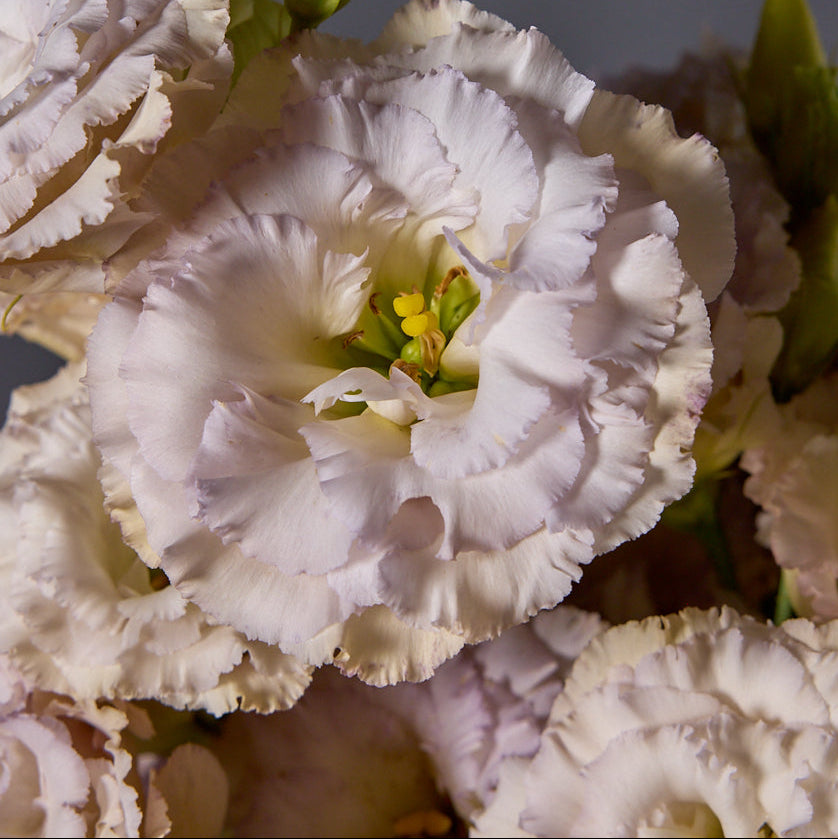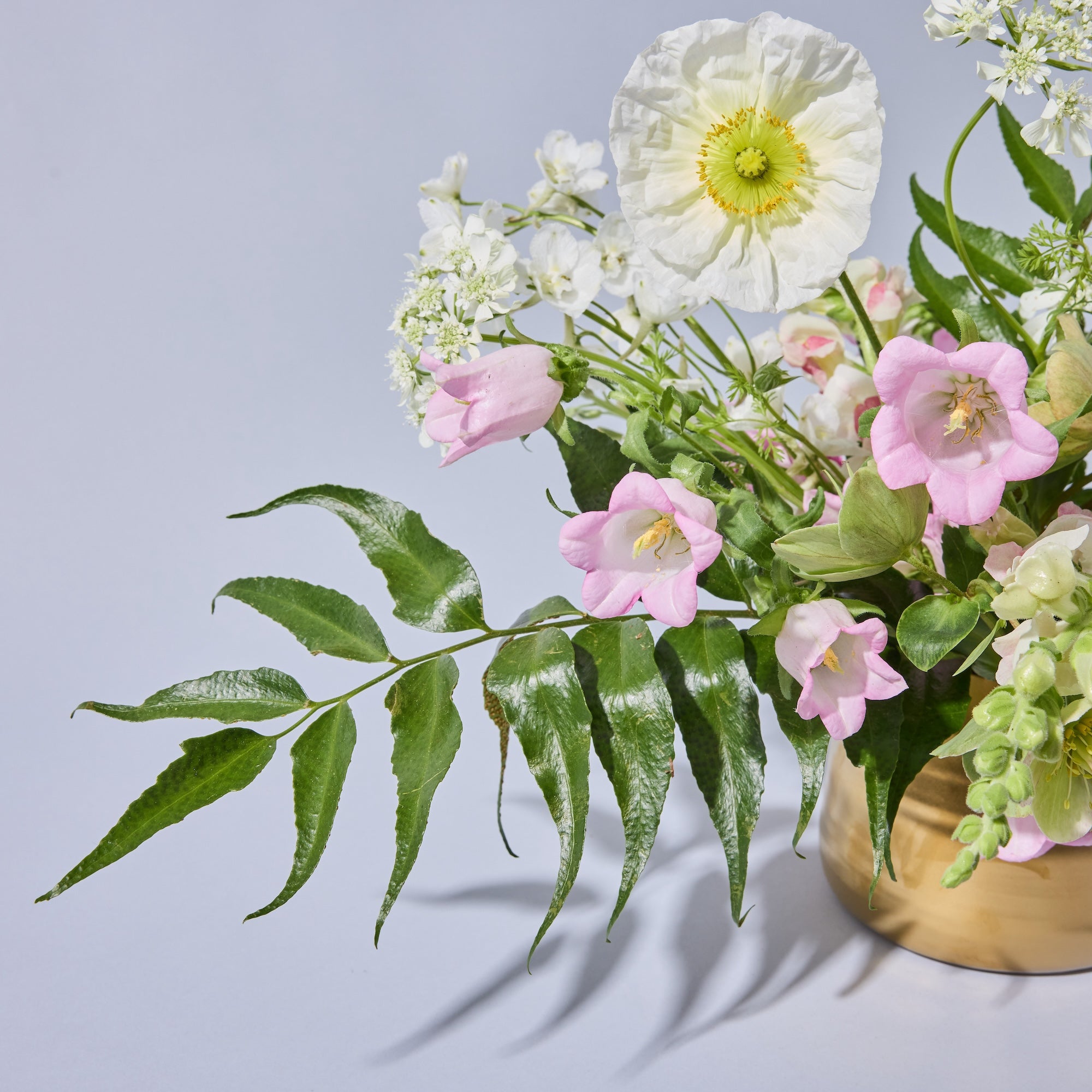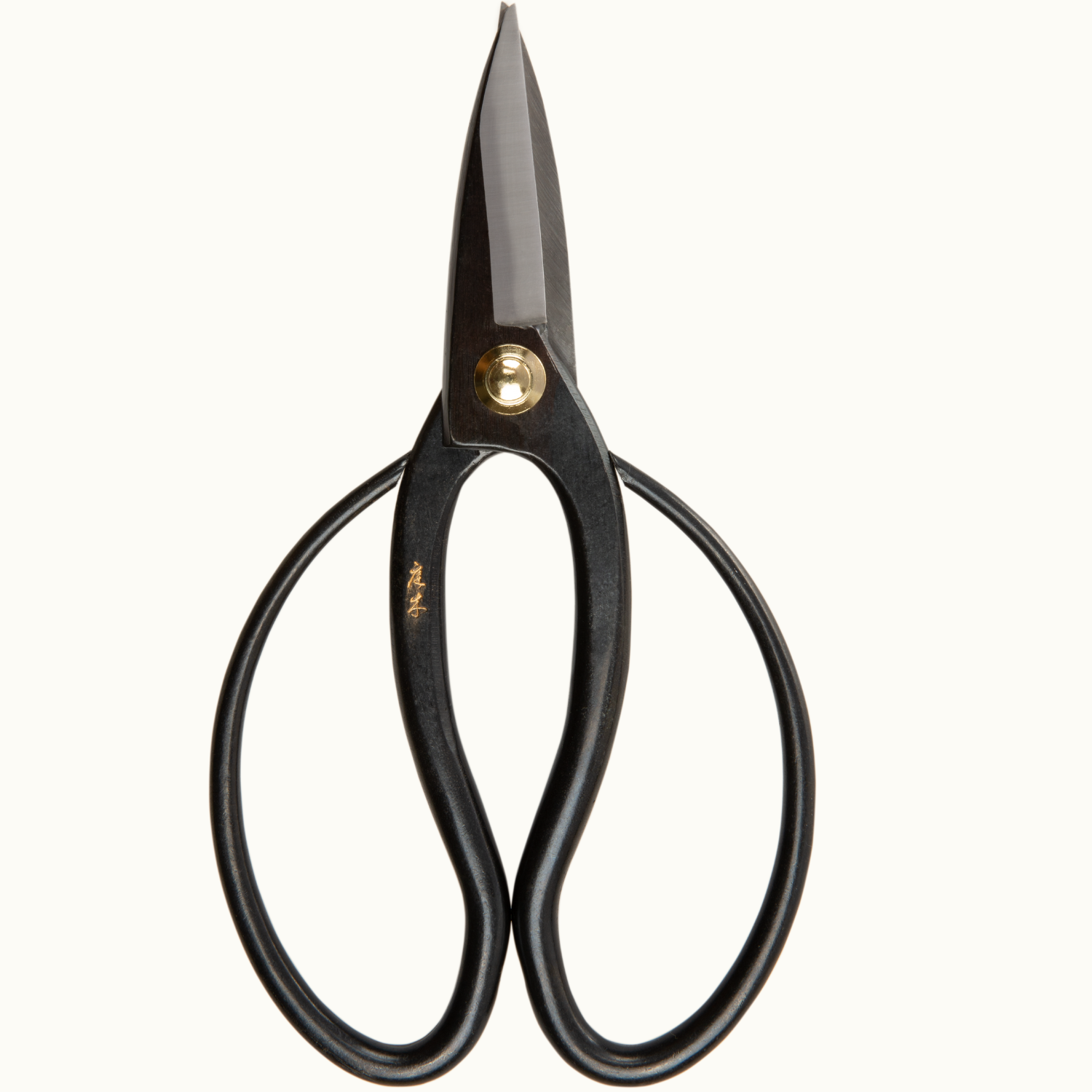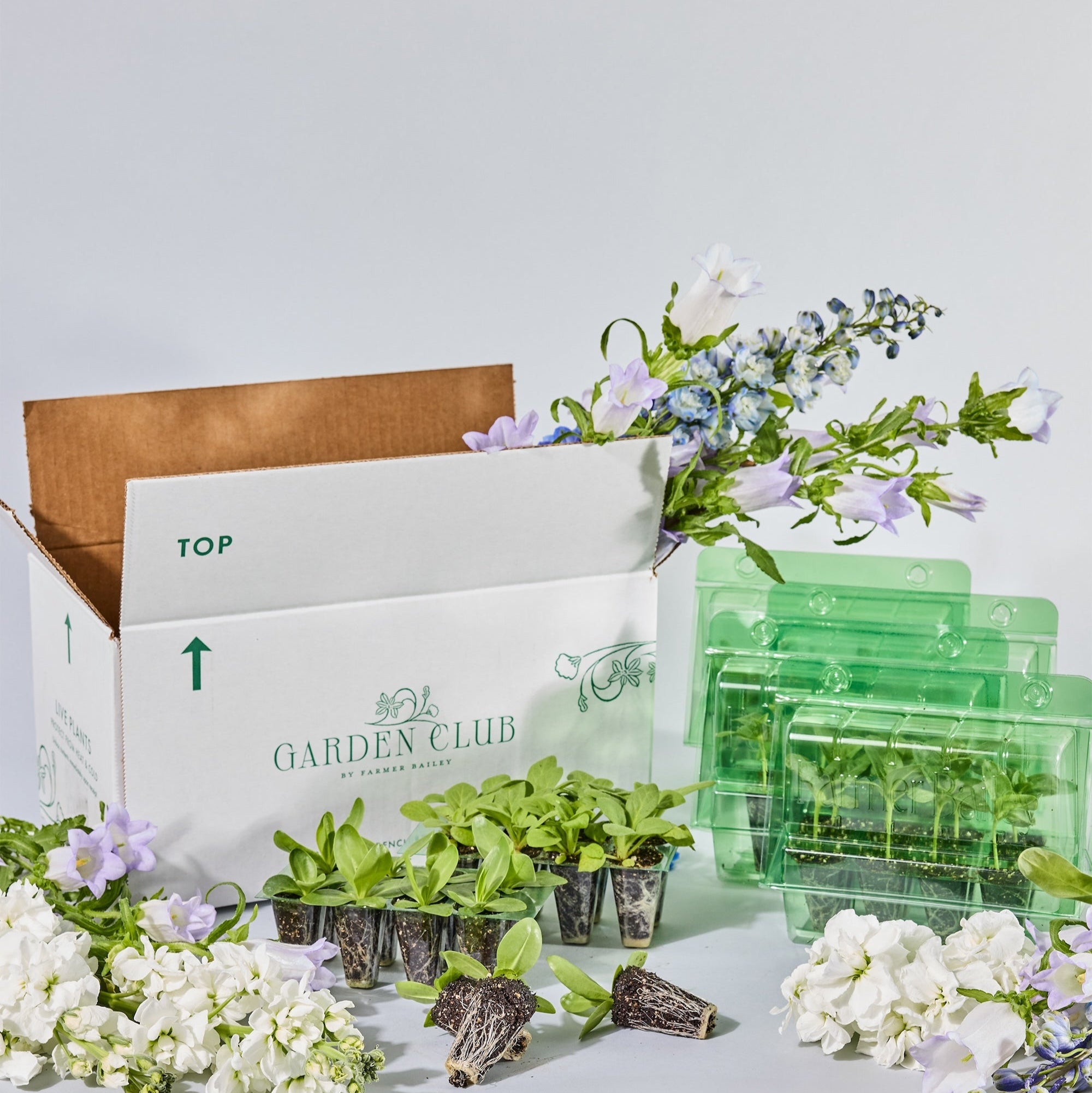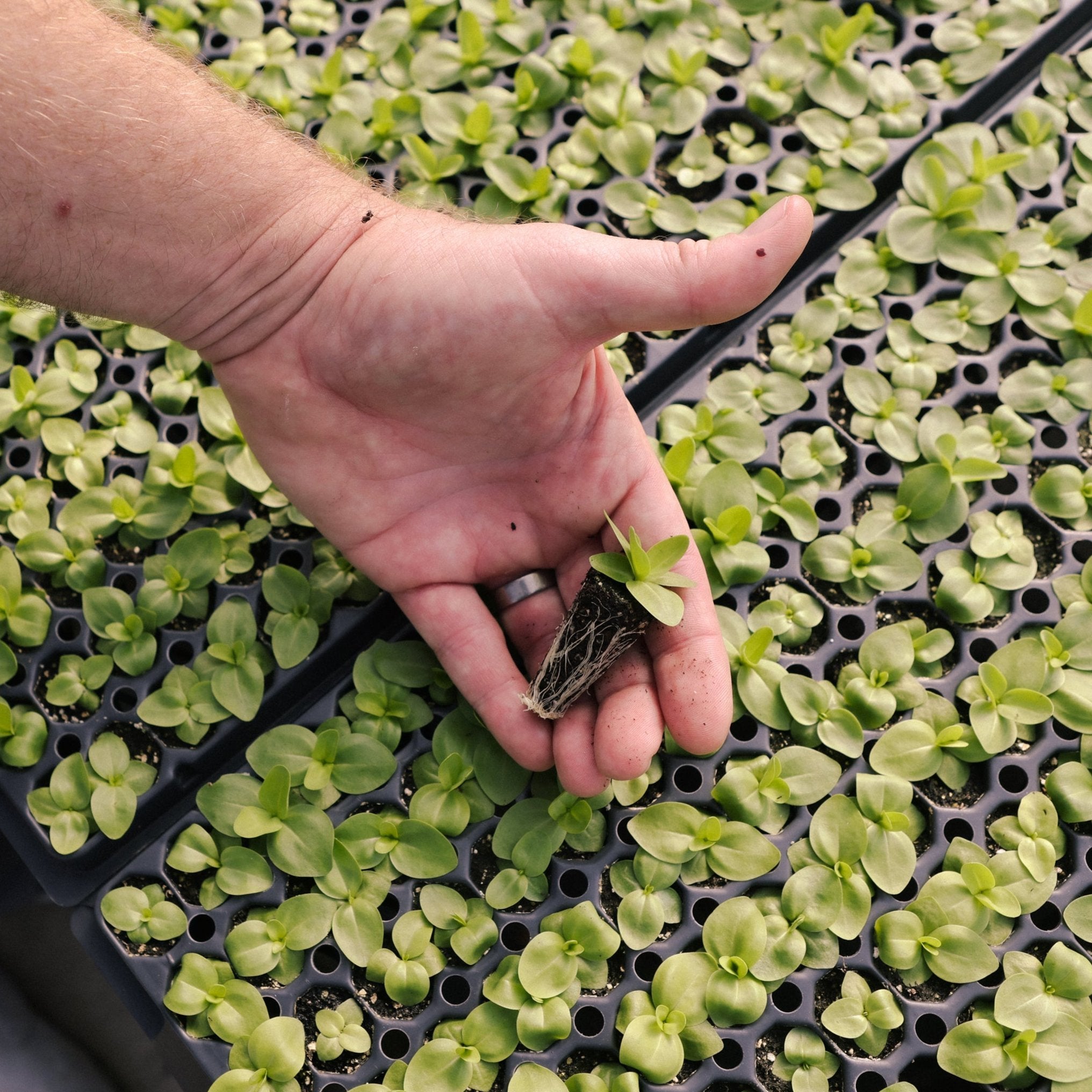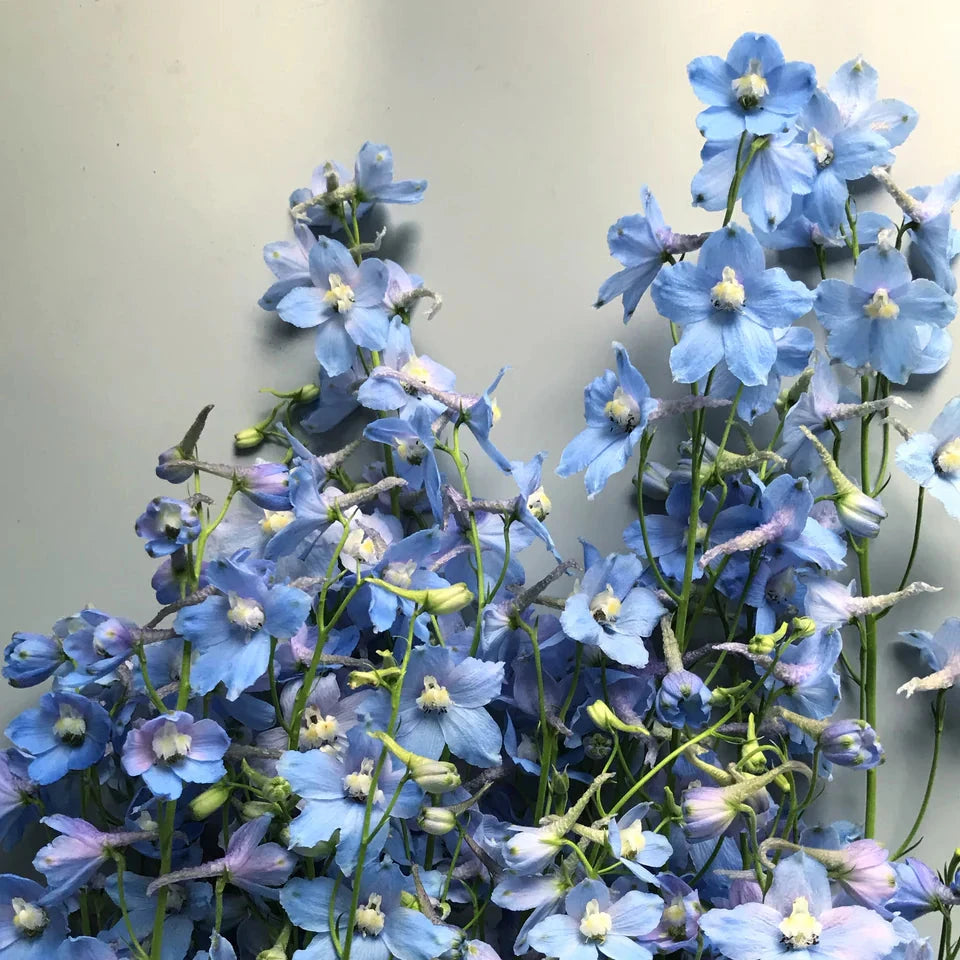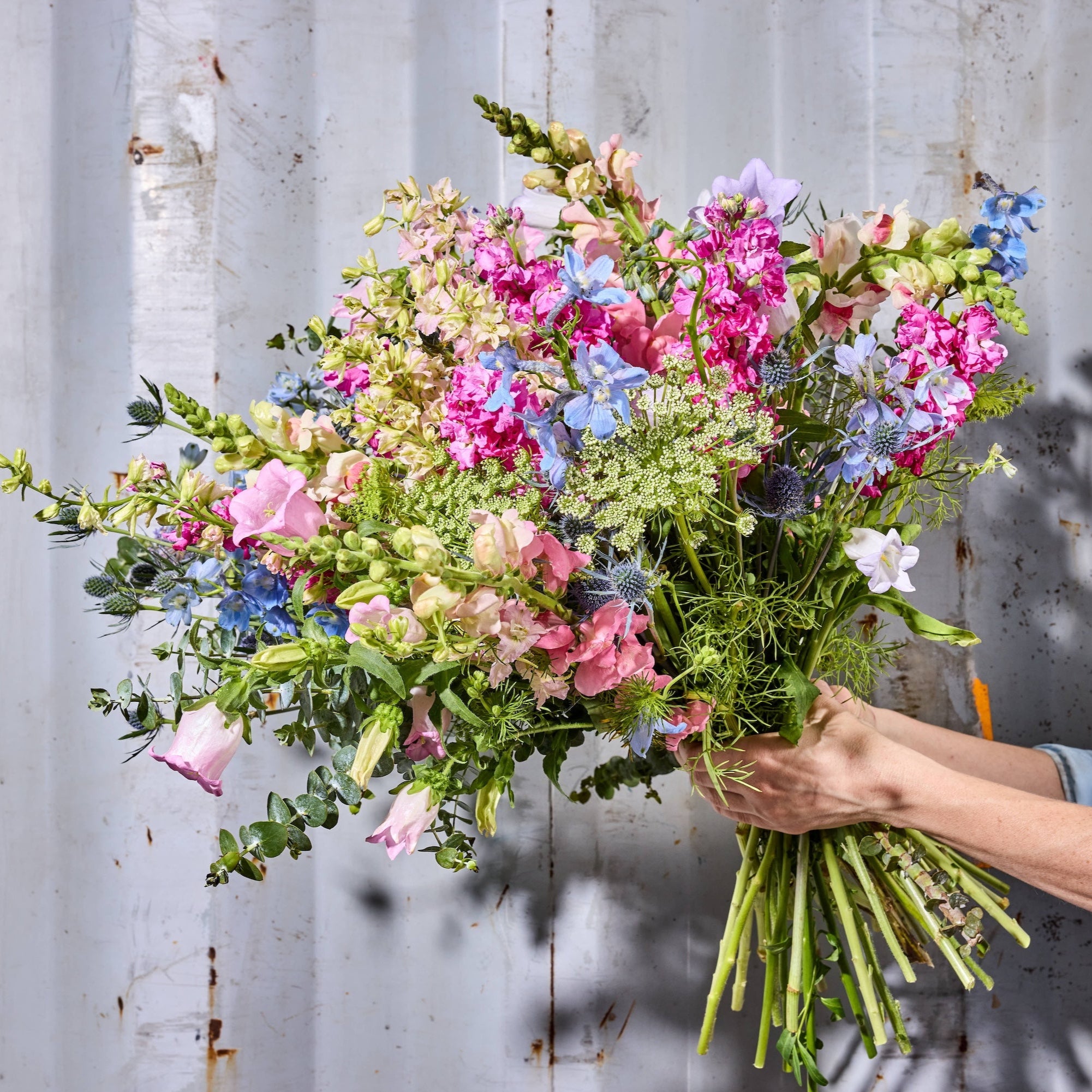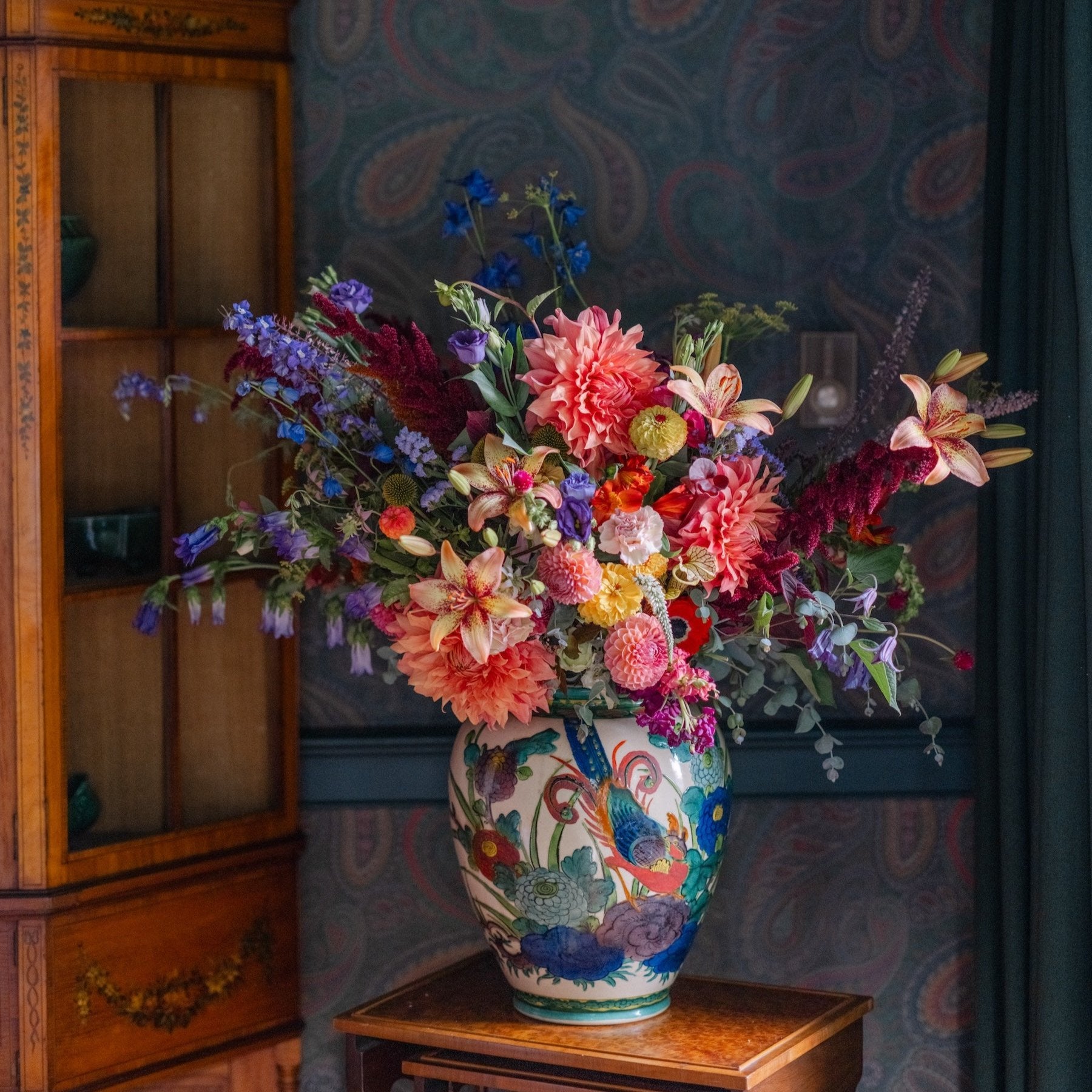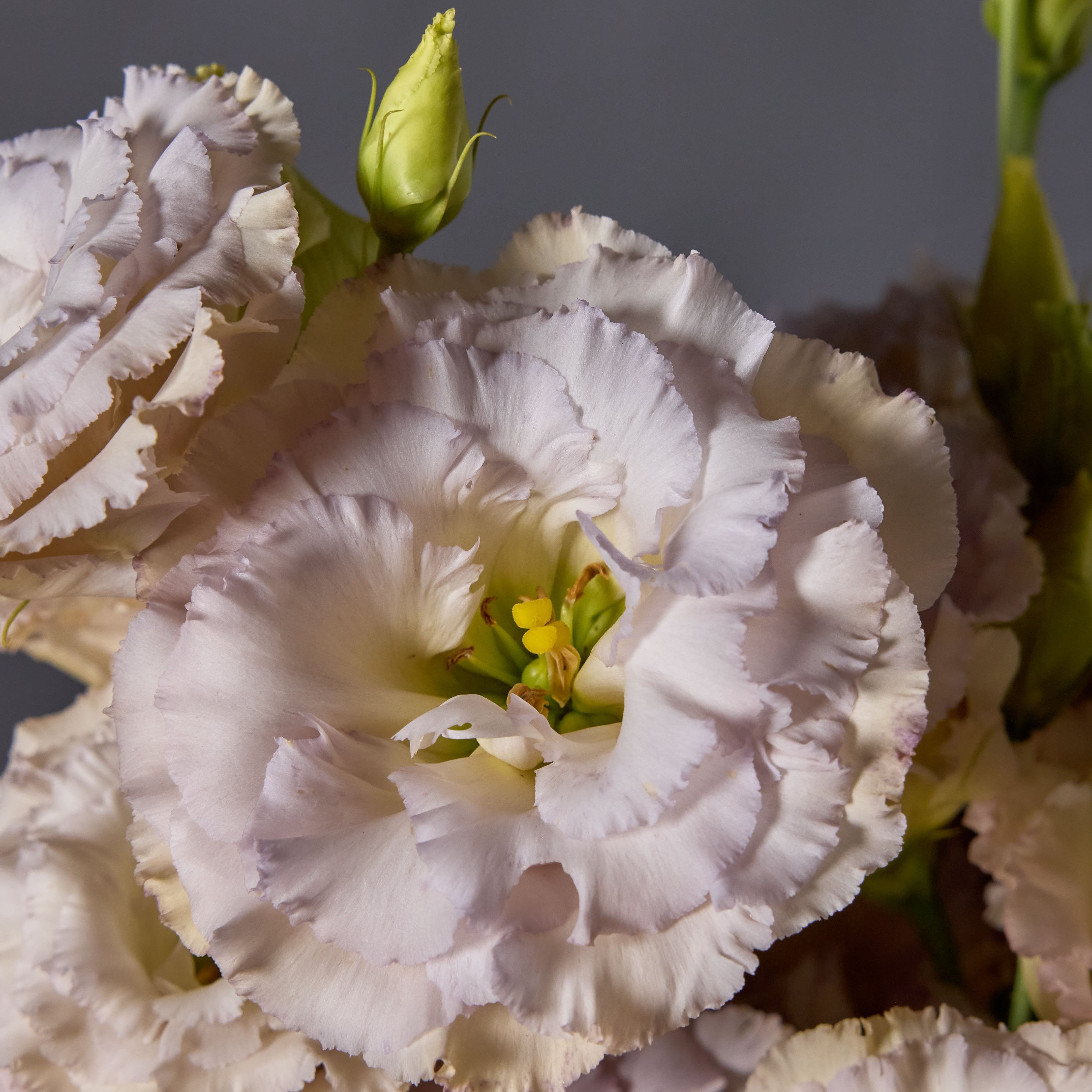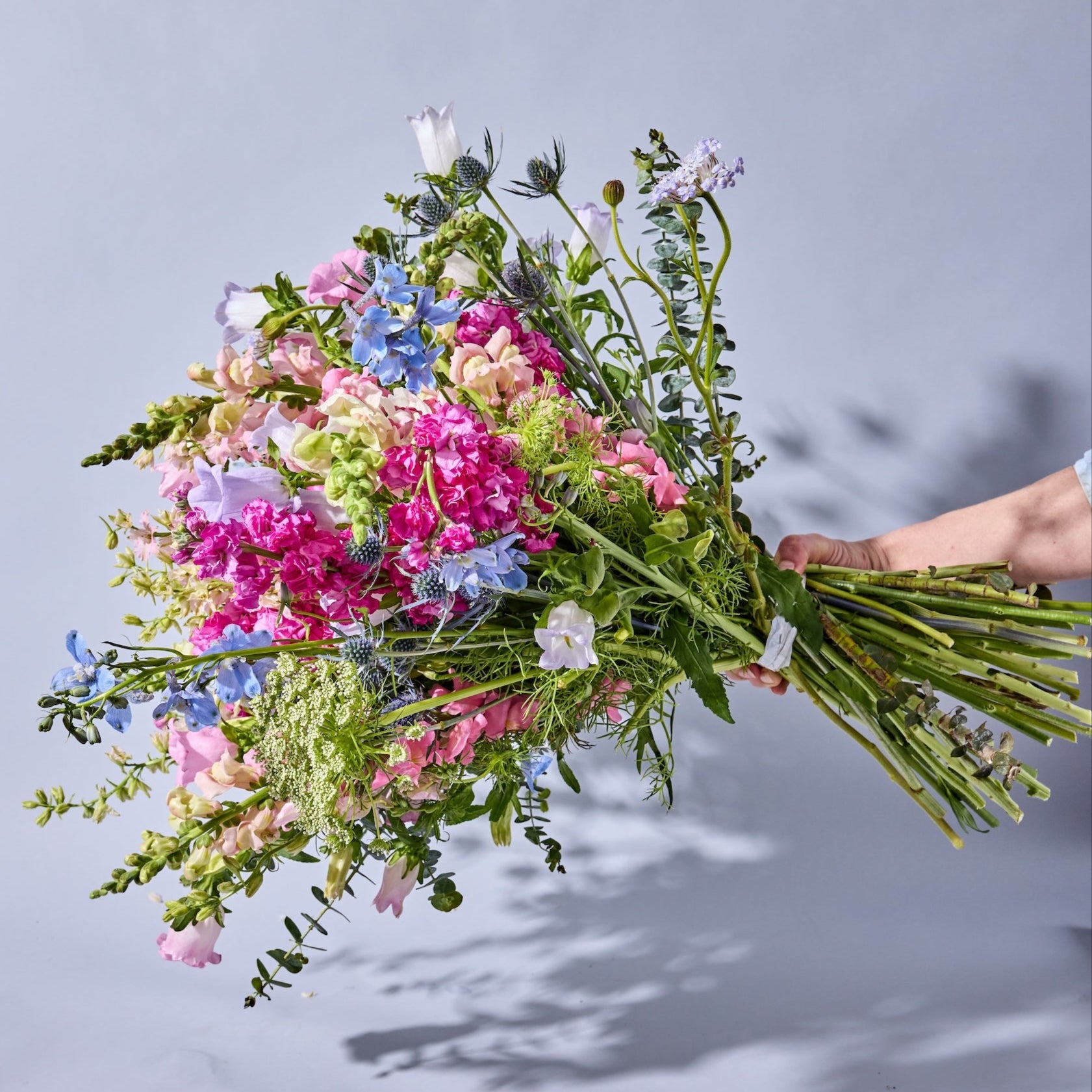Ship Week
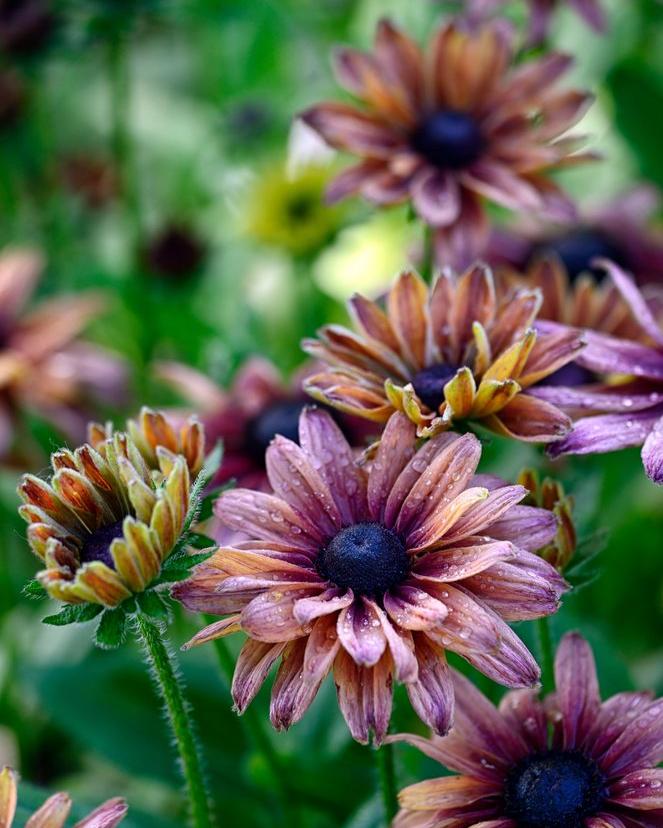

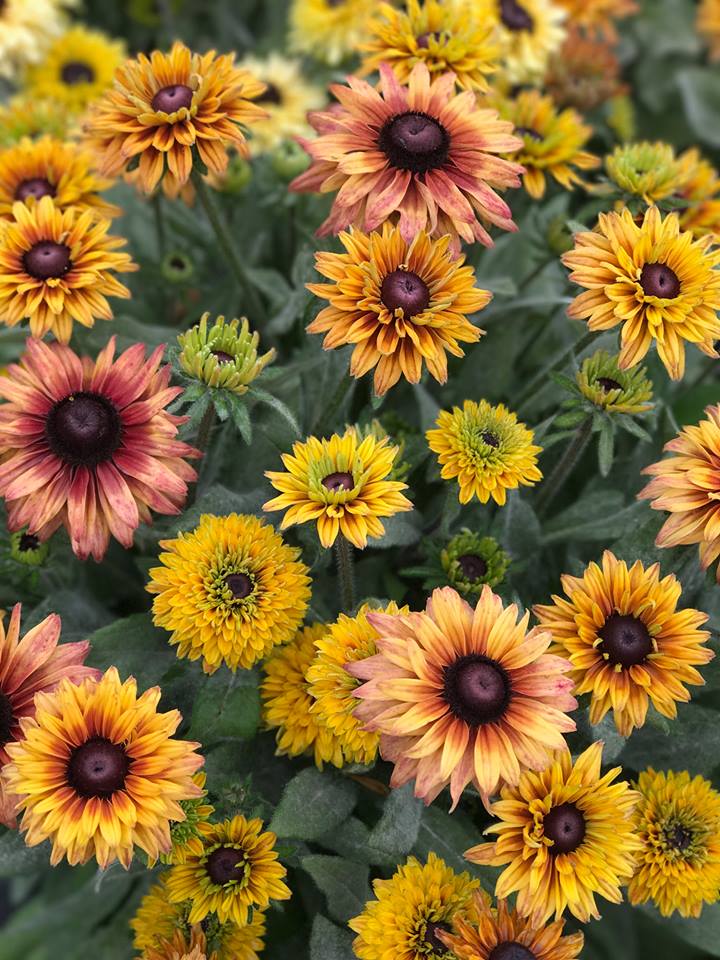
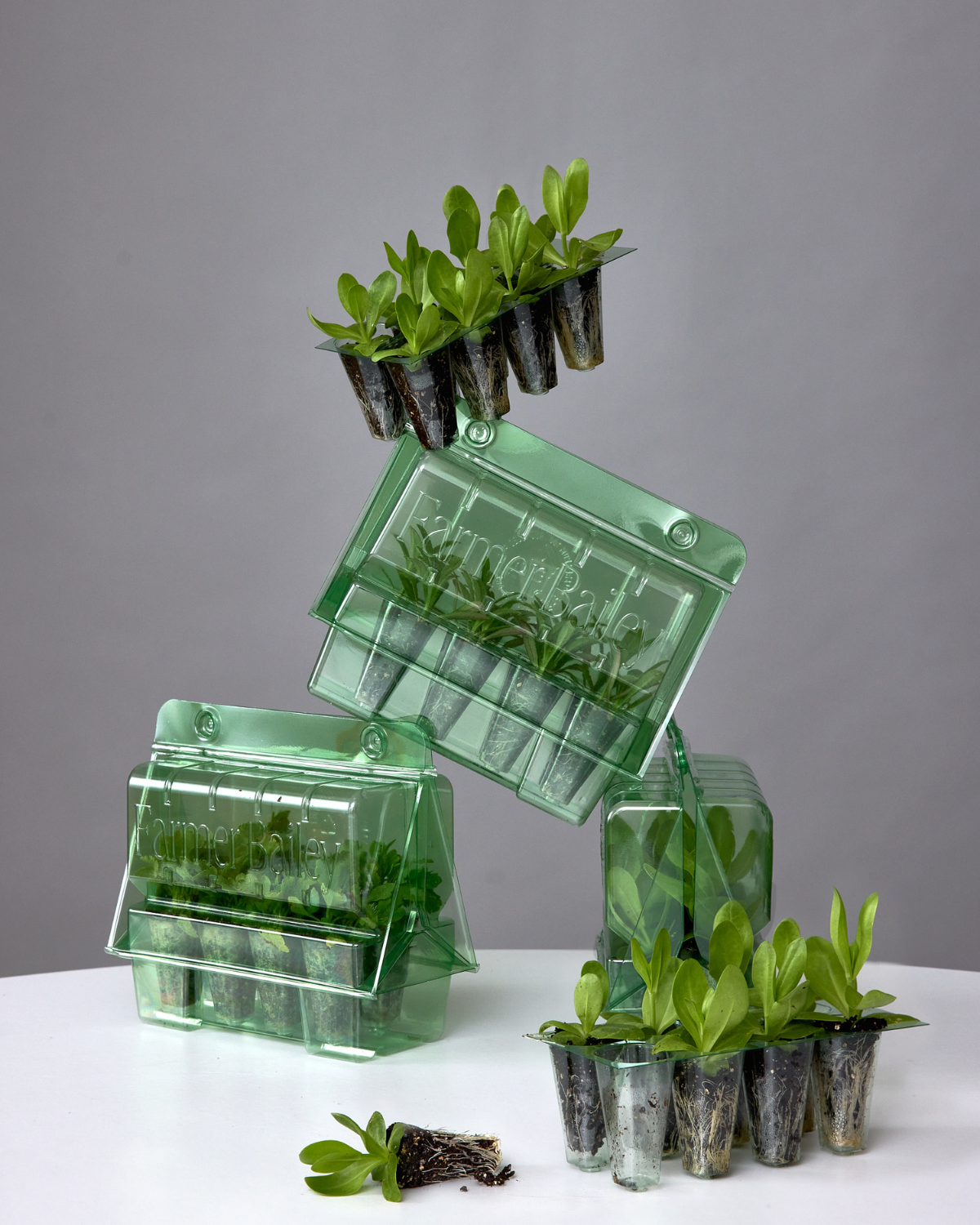
Rudbeckia hirta Sahara (8 plugs)
8 Plugs Shipped in a Mini Greenhouse
Planting Guide:
Fall - plant approximately 6 weeks before your first hard freeze date.
Rudbeckia hirta Sahara is generally suitable for fall planting in USDA zones 7 and higher (unprotected), and Zones 6 and below with additional protection from a greenhouse, hoop house or frost cloth. This is strictly a guideline and we cannot guarantee winter survivability.
Early Spring (cold soil) - plant approximately 2 weeks before your last frost date.
Rudbeckia hirta has come a long way from the yellow and black wild-type "black-eyed Susan". These daisy-like flowers come in a mix of cheerful yellows, rusty brown, and mahogany red hues and are essential for sunny, well drained cutting gardens. Grown by professional flower farmers and savvy home gardeners, this reliable species offers bold color, sturdy stems, and excellent vase life. Perfect for summer bouquets, Rudbeckia hirta thrives in full sun, attracting pollinators and providing reliable blooms in the first year, often returning for a second season or reseeding for years to come. Newly introduced varieties offer exciting new colors and shapes, giving a refreshing new spin on an old classic. Plant in the fall in milder areas (USDA 7+) or early spring in cold zones.
** 'Sahara' showcases beautiful natural variation in color, meaning the blooms may feature shades and tones similar to those in the photos, but not identical. This unique characteristic adds depth to your garden, creating a display full of subtle, harmonious differences. **
Before adding this item to your cart, please select your desired ship week. Do note that orders for multiple ship weeks must be placed separately. What are ship weeks and which one should I choose?
Ship Week
Choose options
Before adding this item to your cart, please select your desired ship week. Do note that orders for multiple ship weeks must be placed separately. What are ship weeks and which one should I choose?
Ship Week
Before adding this item to your cart, please select your desired ship week. Do note that orders for multiple ship weeks must be placed separately. What are ship weeks and which one should I choose?
Ship Week
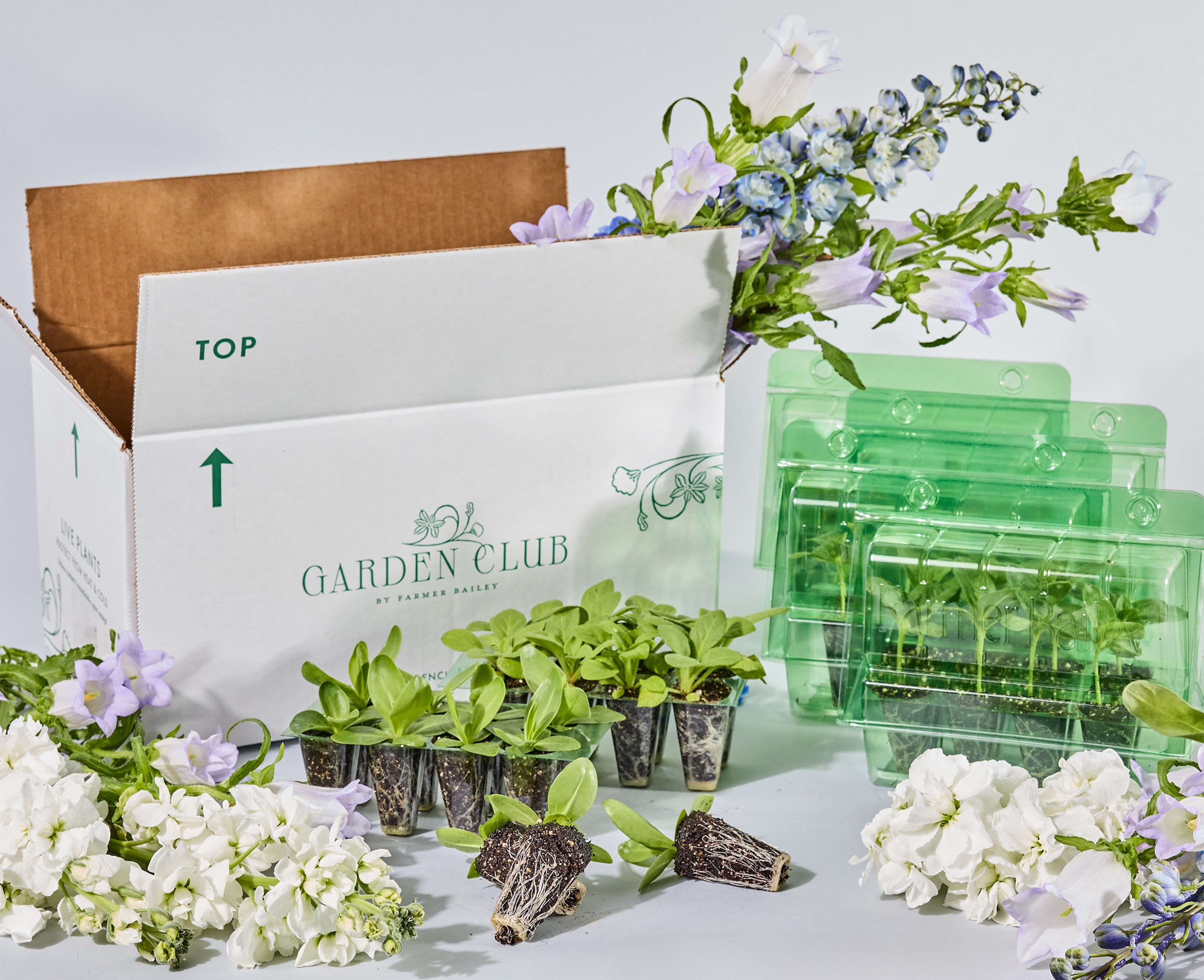
Education, then Cultivation
Our free, comprehensive growing guides contain all the critical information you need in order to start growing this variety, including spacing, soil preference, post harvest care, and much more. Click below to get started, and don't hesitate to send your questions to orders@gardenclubplants.com

